City of Batavia – 2014 Facility Plan / Phosphorus Removal Feasibility Study & Plant Upgrades
The City of Batavia owns and operates a 4.2 MGD conventional activated sludge wastewater treatment facility. The plant was originally constructed in 1935, and has been expanded numerous times over the life of the facility. Scott Trotter of Trotter and Associates, Inc. (TAI) has worked with the City of Batavia on wastewater projects since 1990. In 2008, TAI completed a Wastewater Master Plan Update that outlined the City’s short- and long-term needs with respect to expansion, rehabilitation, and regulatory upgrades.
In 2012, TAI updated the plan and evaluated emerging technologies and alternative conventional processes to meet the City’s needs. Previous reports had established that expansion was necessary, and therefore, the plant would need to remove total nitrogen due to anti-degradation requirements. Numerous configurations were considered for BNR, including A2O, Bardenpho, UCT, and MLE processes. The City of Batavia’s treatment facility is “land locked”, and the detention time required to achieve BNR within the existing tankage prompted the team to analyze Integrated Fixed Film Activated Sludge (IFAS) and lysis technologies to reduce footprint and sludge production.
In 2014, the City elected to pursue acquisition of additional property and move forward with a conventional 5-Stage Bardenpho process due to its robust nature and ability to meet future limits. During the due diligence, the Illinois EPA and the Fox River Study Group (FRSG) arrived at consensus, with respect to NPDES permit language regarding future nutrient limits. The permit language requires POTW’s to complete a Phosphorus Removal Feasibility Study for meeting permit limits of 1.0 and 0.5 mg/L total phosphorus (TP), as well as design and construction of the necessary improvements for 1.0 mg/L within 54 months.
Due to the compliance schedule and other issues identified during due diligence, the City determined that land acquisition was not practical, and directed TAI to proceed with design of the on-site alternative. The proposed design will allow for construction in phases. Phase I will include Chem-P to meet the interim 1 mg/L TP standard. Phase II will incorporate a Bardenpho process (likely incorporating the IFAS technology). Phase III will allow for construction of tertiary filters, which can be used with process or excess flow.
Design of the Phase I Improvements includes completion of the Phosphorus Removal Feasibility Study. Previous reports had provided a thorough analysis of BNR technologies, and selected the 5-Stage Bardenpho Process. This work will be incorporated into the study with respect to the Present Worth Analysis. However, due to the dates within the compliance schedule, the City will be using Chem-P at the conclusion of Phase I. TAI is working with the City and Suburban Laboratories to complete jar testing and determine the dosage requirements necessary for meeting the 1.0 mg/L and 0.5 mg/L TP limits.
Due to the presence of a split hydraulic profile and the need to replace existing basins, TAI is working with the City during the preliminary design to determine the most practical configurations of the selected 5-stage biological process.
The design concept proposed in the Facility Plan includes construction of new basins at the same hydraulic grade as the basins to be replaced. The design would maximize the capacity of the existing basins. The standard 5-Stage Bardenpho requires 14 hours detention time. At 4.9 MGD, the existing aeration provides 2 hours detention, and the nitrification basins only provide 5.4 hours detention. Therefore, the proposed basins would need to provide an additional 6.6 hours. This option requires an Intermediate Pump Station able to convey peak wet weather flow, RAS, and the internal recycle flow totaling 40 MGD. If the layout did not require pumping of the internal recycle flow, power consumption would be reduced by roughly 300 HP, saving over $140,000 per year.
The first alternative includes construction of the new basins at a higher hydraulic grade line. The second alternative considered construction of new 30–foot deep (tall) basins to provide the entire capacity and simplify the hydraulic profile. The third alternative revisited installation of a permanent IFAS system as proposed within the 2008 Facility Plan.
The 30-foot Deep Basin and the IFAS design are the leading contenders. Both are innovative and resolve the hydraulic issues.

